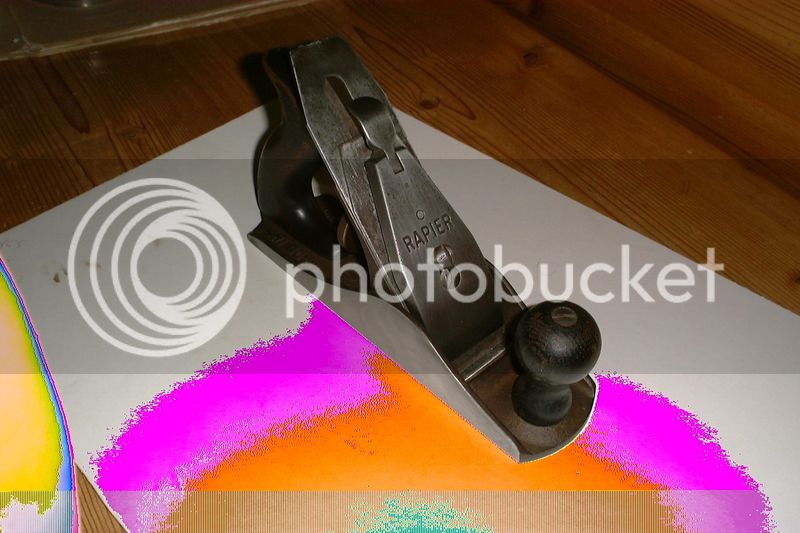MCB
Established Member
I think Phil was making a subtle reference to Leonardo da Vinci - a forward thinking engineer in Italy who also did a bit of painting.phil.p":3s92byyg said:What's a Leonard sketchpad?JimB":3s92byyg said:Whatever you do, it's not as if you've found a Leonard sketchpad and intend using it for shopping lists.
Being lazy I'd do the minimum and in this case it includes a protective coat against further rust. I like the look of the knobs but don't know if they would be uncomfortable.
Use it and enjoy it.
I remember as a lad going to see the famous CARTOON (probably in the National Gallery) and thinking that it wasn't a proper cartoon because there were no speech bubbles!
There are a number of Leonardo's notebooks in the British Library - one can look at them on a computer screen which turns the pages.
MCB





